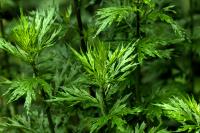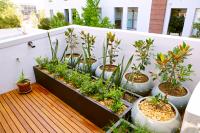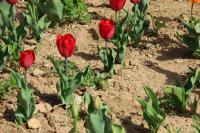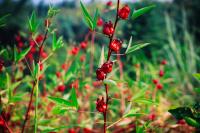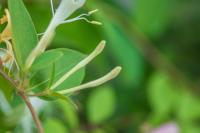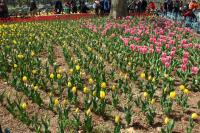1、 Plant introduction
1. Morphological features: morning glory is an annual herb of morning glory in Convolvulaceae. Its leaves are nearly round, usually 3-5-lobed, and the length is between 4-15 cm. Its flowers are solitary or two clustered, usually growing between leaf axils. The flower shape is similar to the trumpet, and the flower colors are very rich, including blue, crimson, peach, purple and so on. Some are mixed colors, which has high ornamental value.

2. Growth habit: morning glory is a plant with strong adaptability. It is distributed in other areas except northwest and Northeast China. It mainly grows in hillside shrubs, river valley roadsides and other places with an altitude of 100-200m. It likes the environment with sufficient light. It is resistant to high temperature but not cold. It grows well in loose and fertile soil and is also more resistant to salt and alkali.
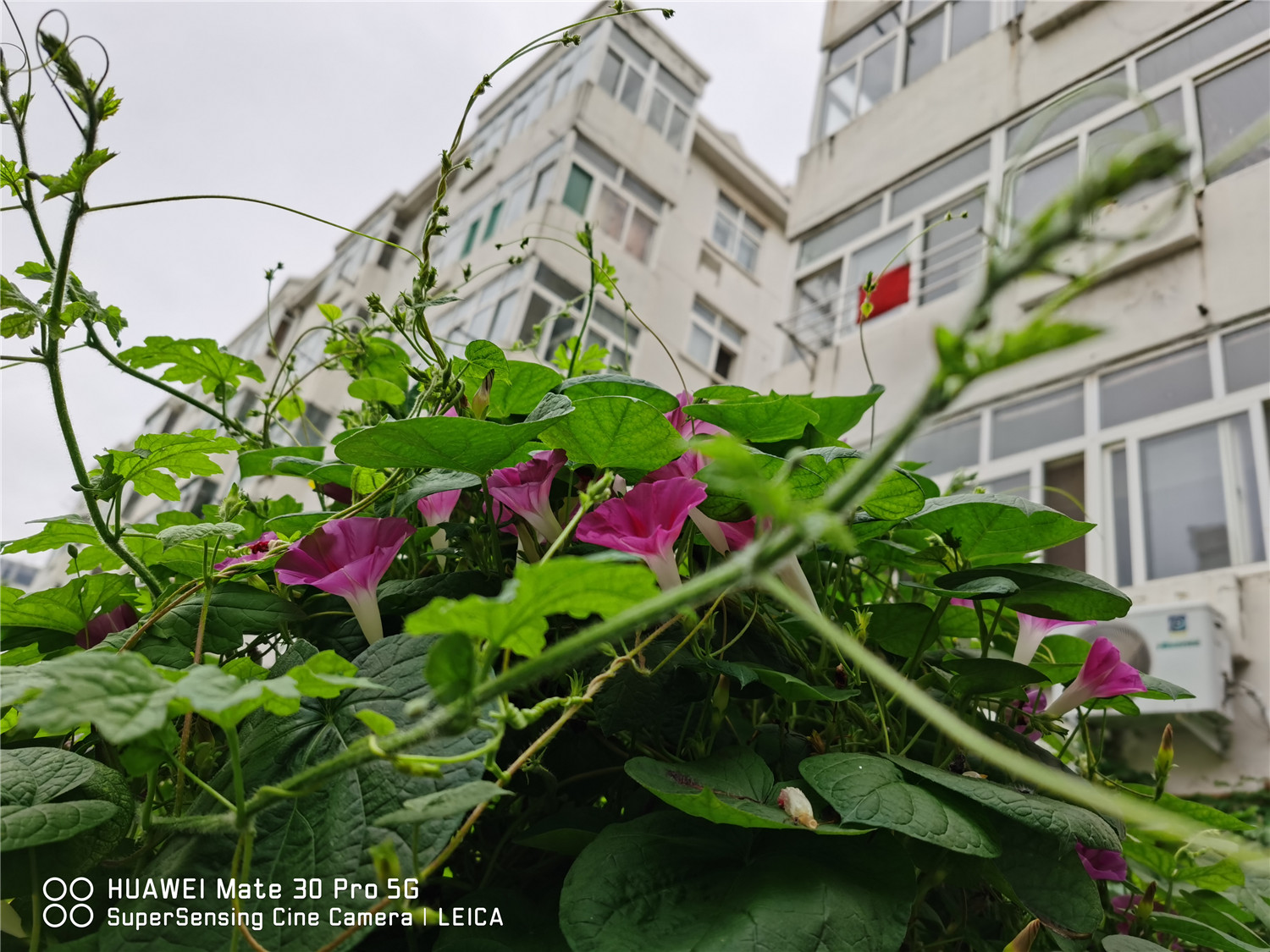
3. Maintenance method: morning glory is generally planted in loose and fertile soil. It can be prepared with rotten leaf soil, garden soil and river sand. The ratio of the three is 4:5:1, and an appropriate amount of bone powder is added as the base fertilizer. In daily maintenance, in addition to providing sufficient light, we should also pay attention to watering and fertilization. Water frequently, especially in summer, to ensure sufficient water. Fertilization is generally once every 2-3 weeks. The fertilizer is mostly thin cake fertilizer, water or compound fertilizer. Potassium dihydrogen phosphate can be added before flowering, which can make the flowers big and colorful.
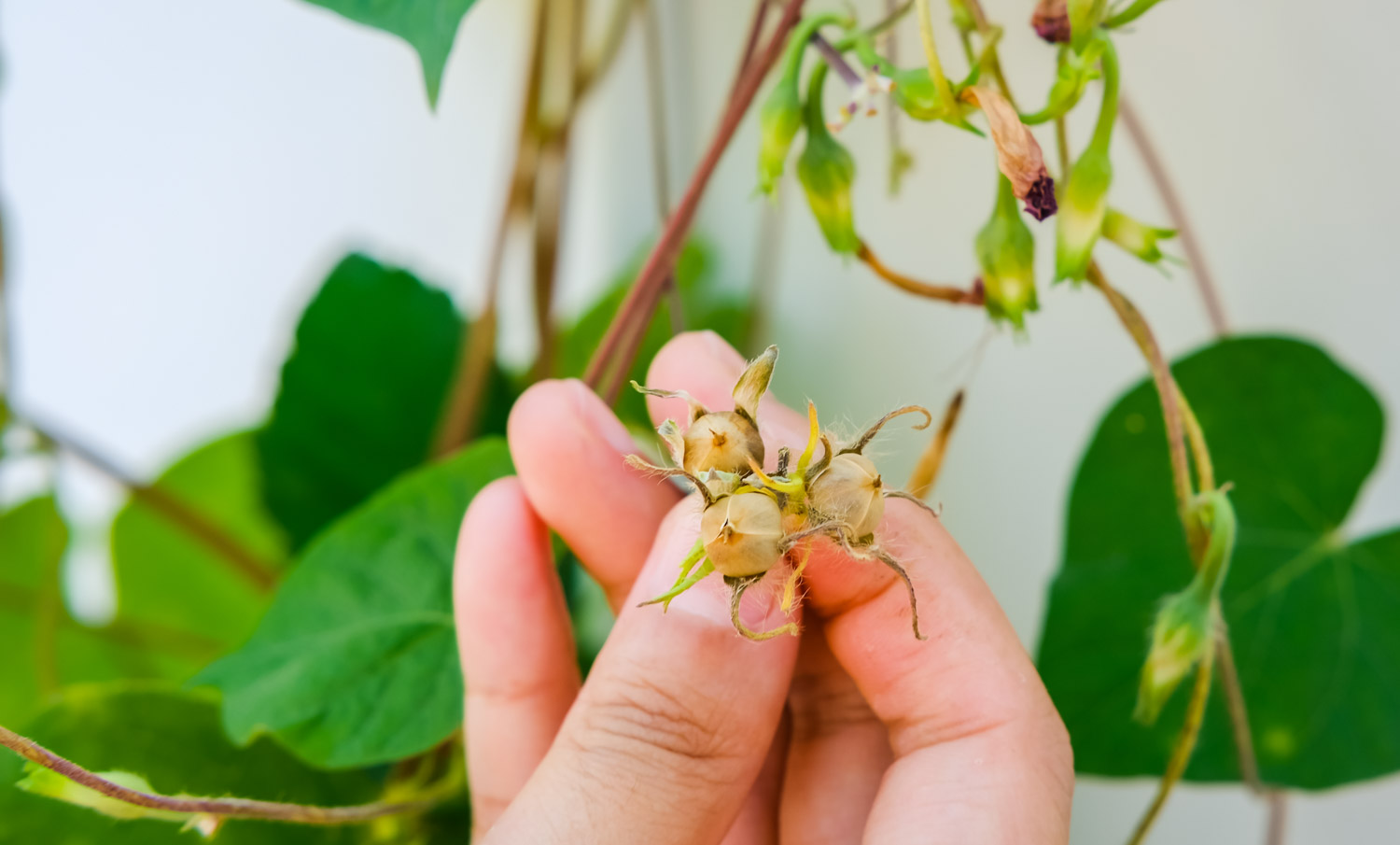
2、 Nickname
Morning glory is also called Trumpet Flower, Chaoyan flower and Wangong flower. The reason why it is called Trumpet Flower is that its flower shape is like a trumpet, so it has this name. The Chaoyan is because it blooms in the morning and withers in the evening, which can only be seen during the day. The corresponding sunset is the sunset of yellow flowers and withers in the morning, that is, gourd flowers. The bowl male flower is because it looks like a bowl. The so-called bowl male is the Hakka name for the bowl.
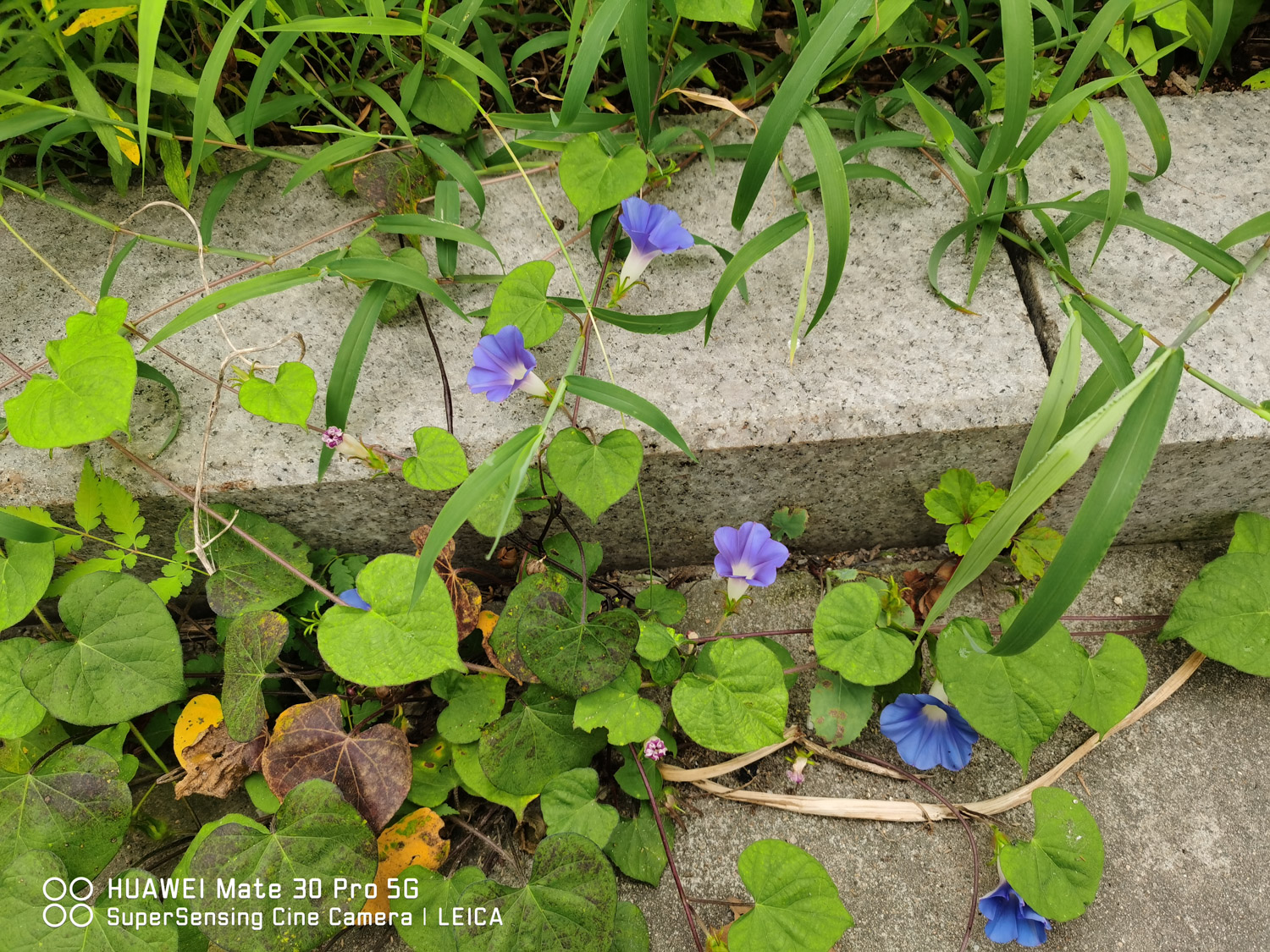

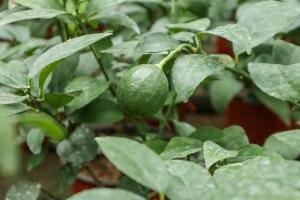 The efficacy and fun...
The efficacy and fun...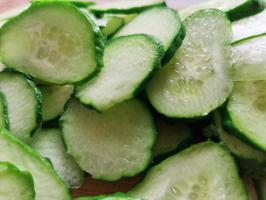 The efficacy and fun...
The efficacy and fun...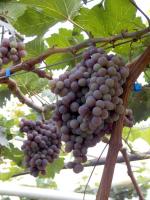 The benefits of eati...
The benefits of eati...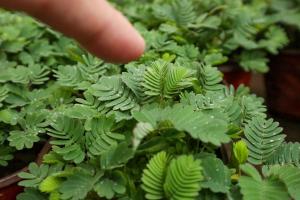 Why is Mimosa called...
Why is Mimosa called...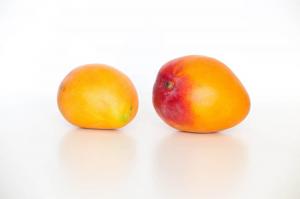 What can't mango be ...
What can't mango be ...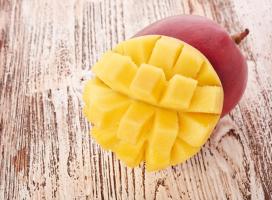 The efficacy and fun...
The efficacy and fun...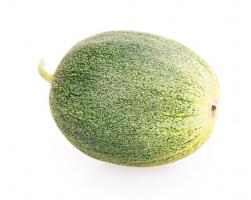 Is watermelon a frui...
Is watermelon a frui...

























